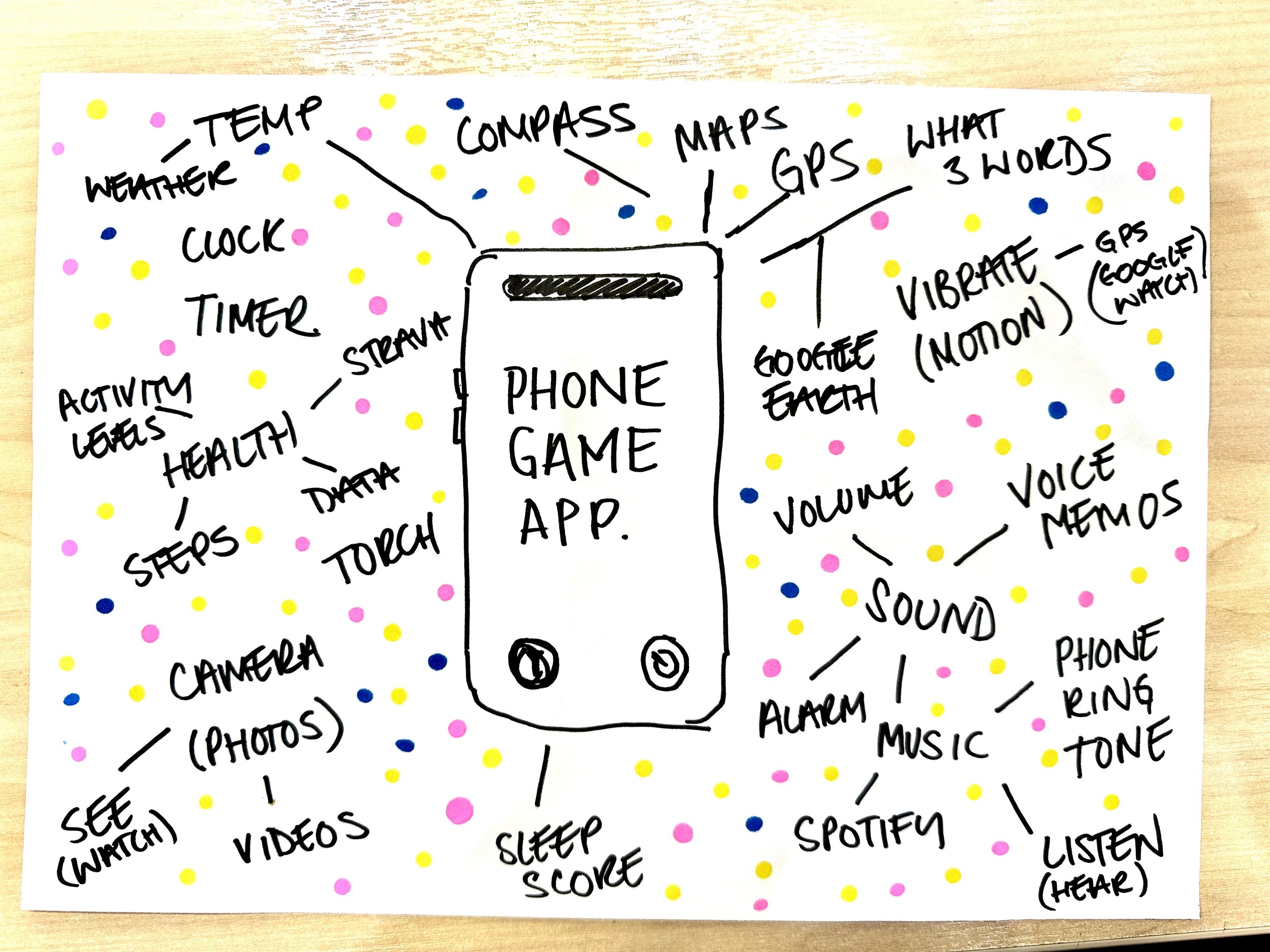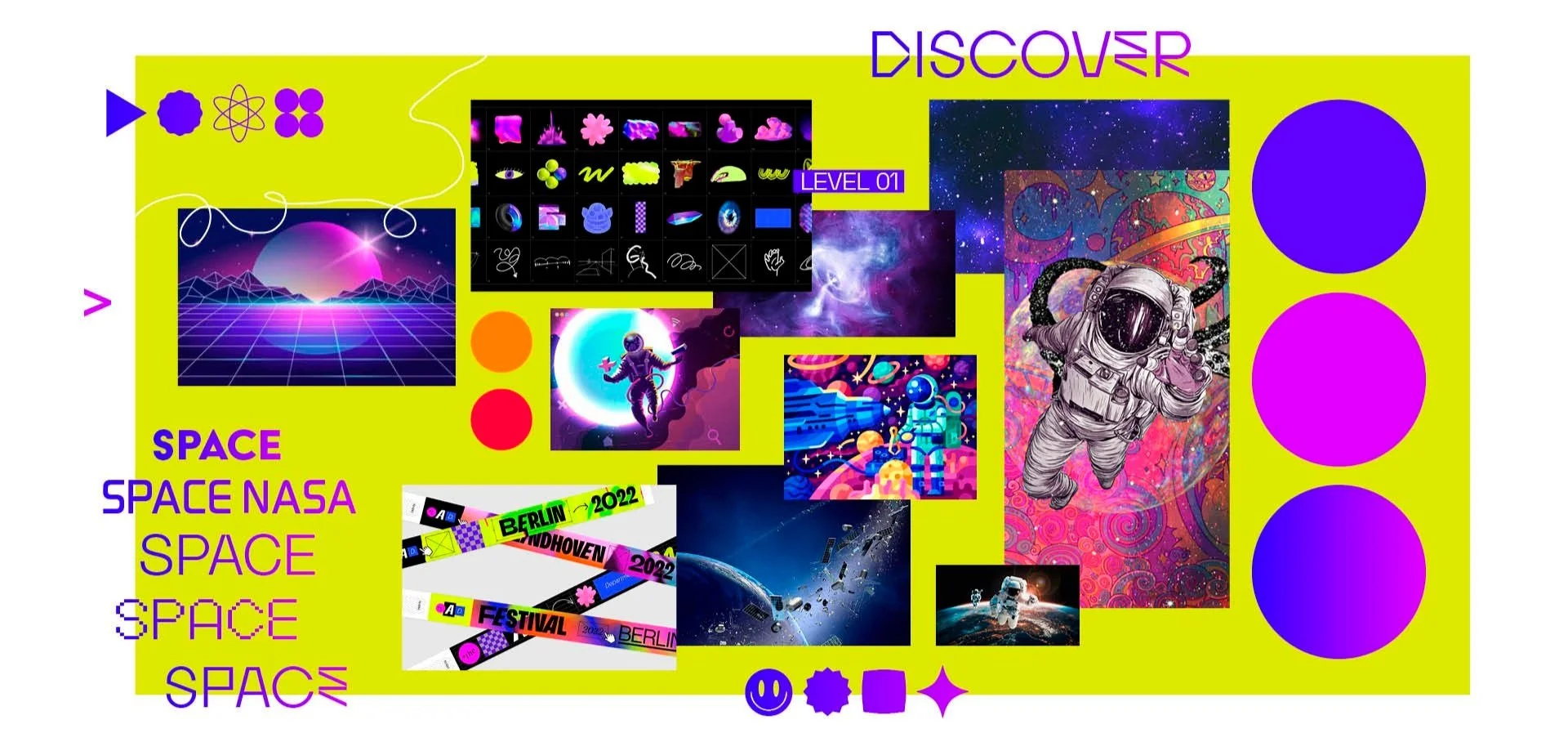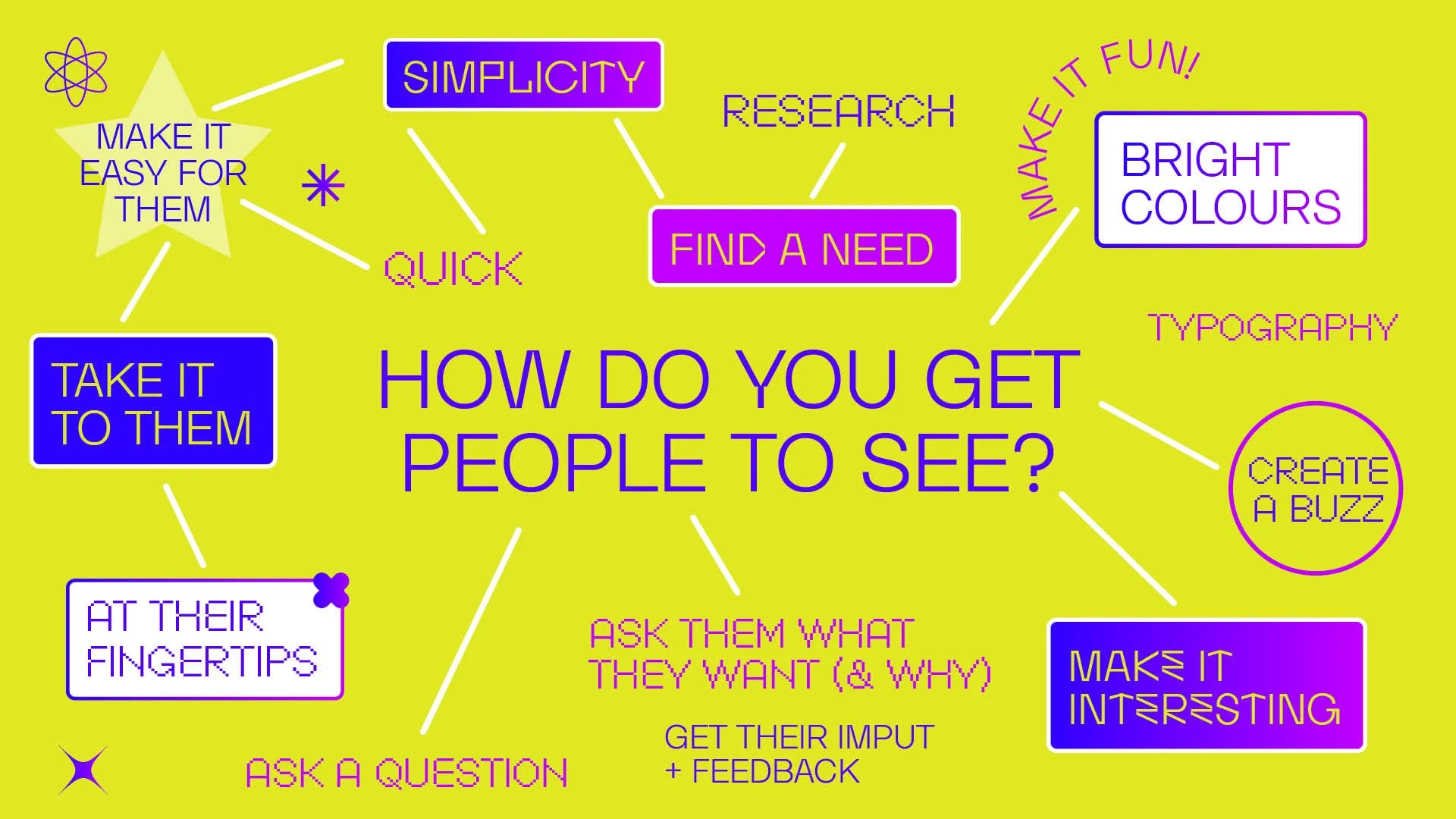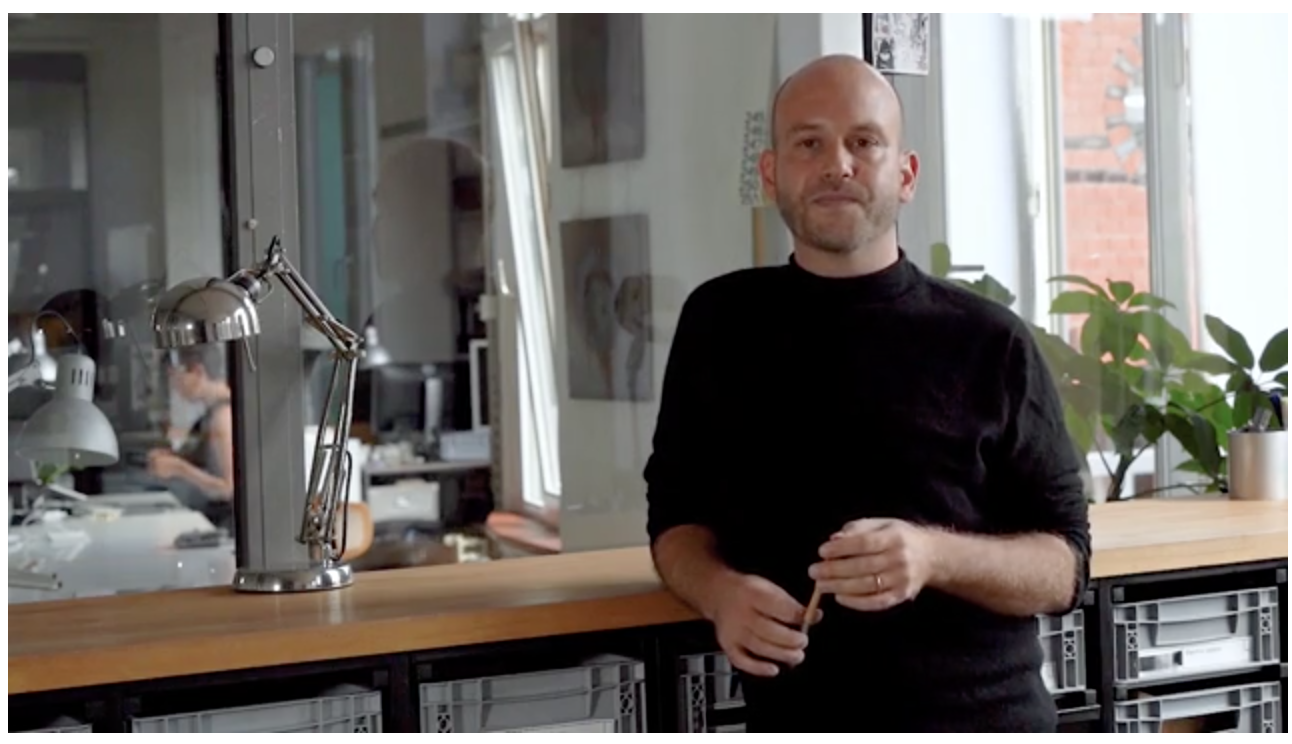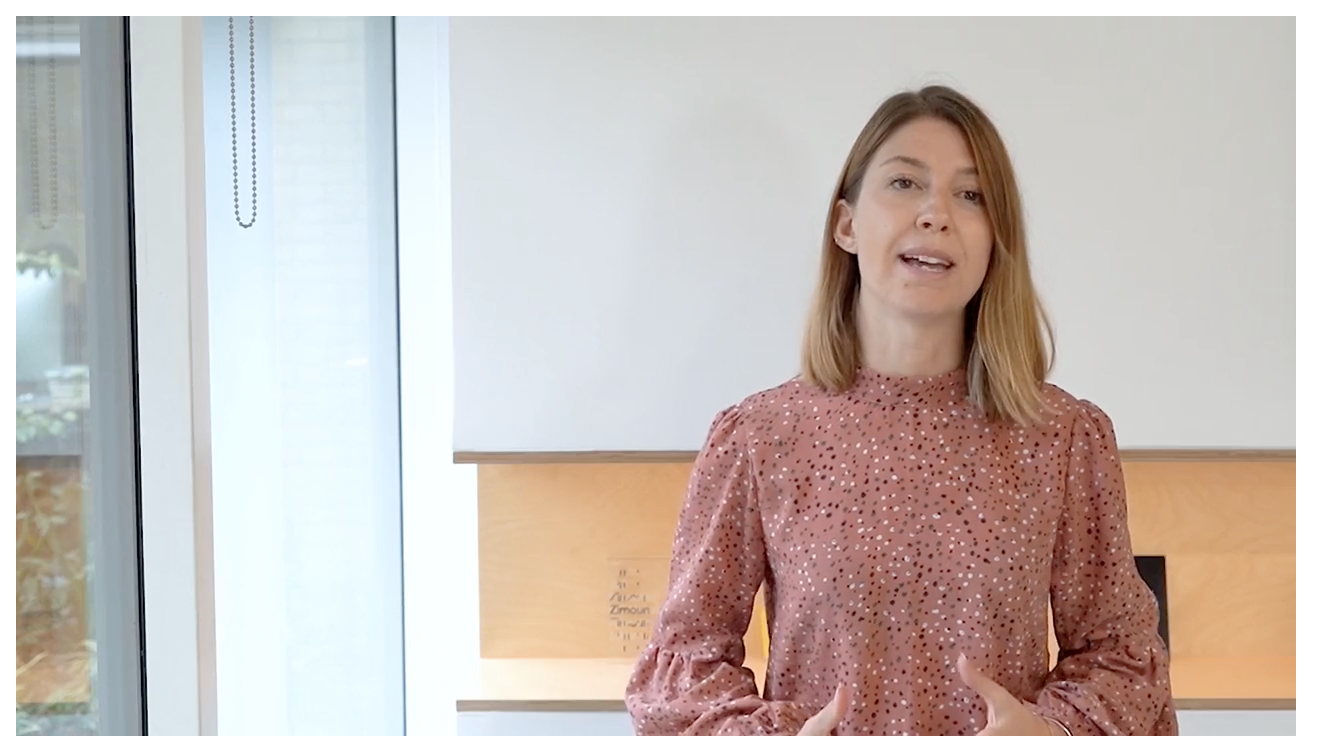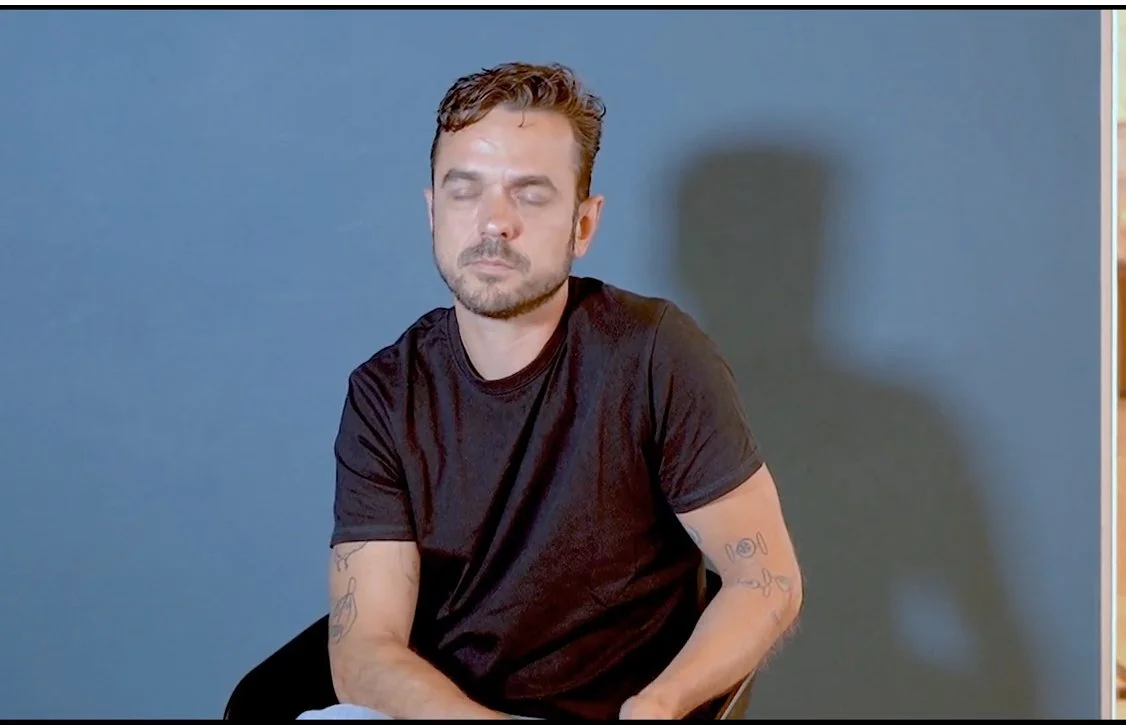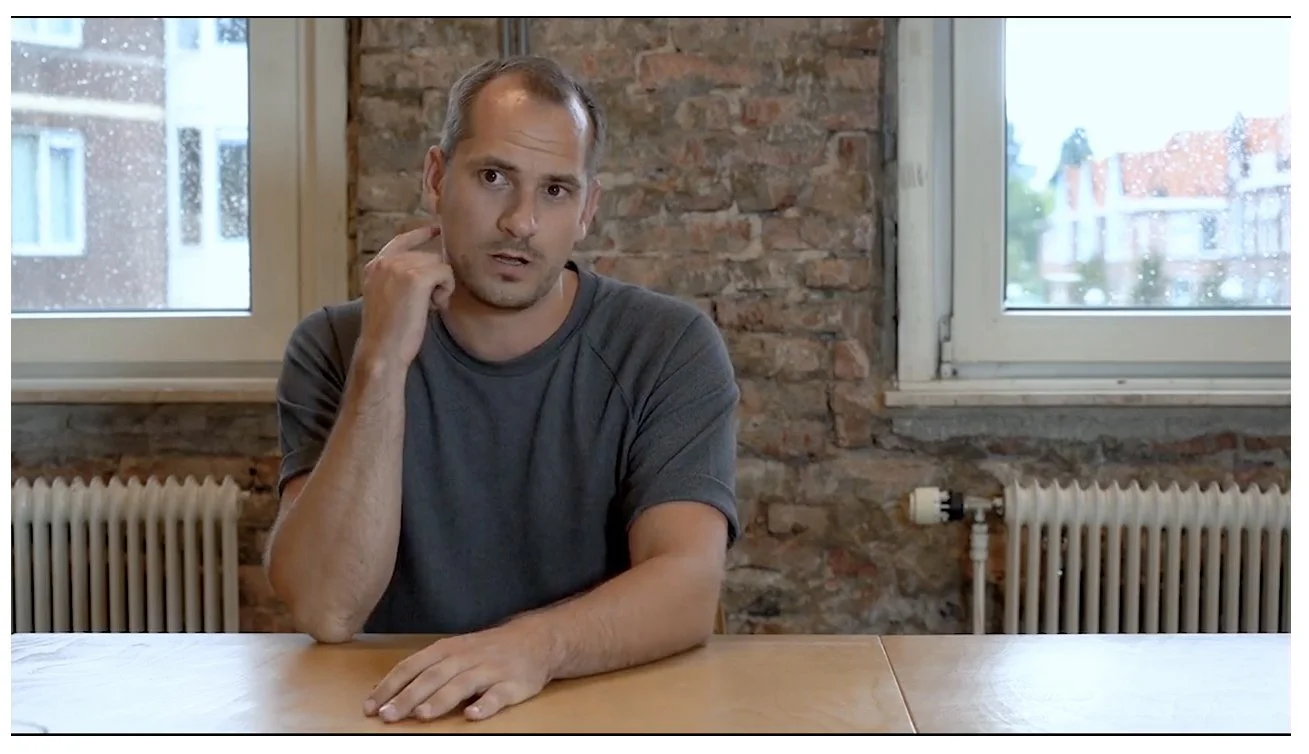Week 08 - Concept Development
Weekly Learning Outcomes
You will be working towards achieving the following learning outcomes detailed in the Assignments tab:
LO1: Research — Select and deploy appropriate research methodologies to inform the needs within a project.
LO4: Distil — Position a creative strategic insight that has been distilled and refined through an informed investigation.
LO5: Imagine — Deliver appropriate and innovative ideas that embrace risk, have contemporary relevance and question the boundaries of the discipline.
LO6: Make — Select and utilise relevant tools, skills and technologies in the delivery, iteration and sustainable production of an outcome.
LO7: Collaborate — Demonstrate inclusive and empathetic strategies to plan and execute a project across distributed collaborative situations.
LO8: Design — Realise a final solution that evidences its strategic journey and clear relationship between form and function.
LO9: Communicate — Communicate effectively in a range of contexts and situations to specialist and non-specialist audiences.
TUTORS ADVICE
This is a fun and highly creative stage in the project development. Do not restrict yourself, and make sure you step away from the computer. Go for a walk, look around you, read a book, take photographs – inspiration can be found everywhere.
Research into development - Science Museum brief
After deciding to go out of my comfort zone and create a mobile app game, to encourage users to discover items from the deep space archive at the Science Museum, I realised I had absolutely no idea where to start. Referring back to the original lecture recording by John Stack, he talked about games vs digital experiences.
Working on my previous research that 95% of Gen Z own mobile phones, I decided to map out all the touch points that I could incorporate into the gaming experience - So therefore has access to cameras, microphones, GPS, video etc.
In creating a phone app, the first and foremost task was a deep understanding of the target audience's preferences, interests, and behaviours which is essential for tailoring the design to resonate with Gen Z. So I decided to run a survey on my target age range. (See link below to workshop challenge).
Clearly defining educational objectives and aligning the content with their learning interests ensures the app or game effectively imparts the Space Archive collection knowledge. Things to consider are that the user interface should be designed to be intuitive, visually appealing, and easy to navigate, incorporating engaging elements like vibrant colours and interactive features.
Gamification techniques, which could include points, rewards, and challenges, can enhance the learning experience and encourage exploration of the archives. A compelling narrative woven into the app/game, supported by multimedia elements, contributes to a cohesive and immersive educational experience. I also need to bear in mind that mobile optimisation for various platforms accessibility, are crucial for accommodating diverse devices and user needs. Possible collaboration with educators ensures alignment with educational standards, while feedback mechanisms and progress-tracking features promote user engagement. Lastly, a commitment to testing with the target audience and iteration based on user feedback is essential to refining and improving the overall user experience.
Read my survey monkey questionnaire on testing my thoughts on the 18-30 demographic
Read | Watch | Listen -
Design Indaba, (2018) Morag Myerscough on transforming spaces with colour and embracing the unknown
Having been truly inspired by Morga Myerscough on my last project, I watched ‘Forever Finding’ from the lecture series.
She talks about early inspirations including Andy Warhol and his bright, vibrant screenprints. She also talked about her own styles and work and how thought process to creating. From this I created my own mood board in how I could capture the imagination of the target audience.
My mood board - how can I grab their attention?
Inspiration for a vibrant colour palette - As I knew my colour scheme was going to be viewed in RGB and online, I knew I had a great opportunity to use a bright eye-catching colour palette. I looked for inspiration and found an article on a brand in its nice that .
The article on Buck's Playgrounds featured on It's Nice That, serves as an exceptional source of inspiration for creating a vibrant mood board showcasing a dynamic blend of vivid colours, bold shapes, and playful icons. As well as using motion graphics to complete its visually engaging experience, which is particularly relevant for an app game seeking to captivate its 18 -30 aged audience.
This was definitely my colour inspiration! - Drawing from The Art Department Festival graphics gave me the idea of how to create a sense of energy, ensuring that users are not only entertained but also immersed in a visually stunning and engaging environment.
My quick visual brain dump to work out what are the visual points in appealing to my audience.
Concept Development | The Interviews
This weeks lecture videos discuss the methods and approaches you take to aid idea generation and in-depth project outcome.
Notes and ideas to take on board:
Torsten Posselt, FEL
Torsten discusses how important it is to prototype at the early stages , especially when a technological project. He stresses how important it is to fail at this early stage, so you can sit down, go back and reanalyse your thought process and procedures.
Torsten Posselt, FEL
“Failing alone, doesn’t do anything, failing and analysing is the key, I believe.”
Matthew Jones and Michelle Dona, Accept & Proceed
Matthew talks about how workshops are important at the early stage to really understand the brief from all angles. He uses a method called ‘triangulate’ where we look at the brief from three angles.
So this is the designer’s point of view, the client’s point of view, but most importantly the consumer’s point of view.
Wouter Dirks, Studio Dumbar
Wouter talks about how important it is to get the whole team involved to get different perspectives connecting with the strategy they’ve designed.
He emphasises how important it is to get the client involved from the start and make sure the visual connects with the strategy.
Stijn van de Ven, Eden Spiekermann
Stijn talks about a method he typically gives to Juniors or new designers to get their thought process going. First is to set aside some time you concentrate on getting as many ideas as possible down on paper to get the thought process going, and the other way is to write ideas and brainstorm before you start sketching concepts out.
References:
ITS NICE THAT Buck’s rebrand for The Art Department festival [online]. Available at: https://www.itsnicethat.com/news/buck-playgrounds-the-art-department-graphic-design-140422 [Accessed 21 November 2023]

